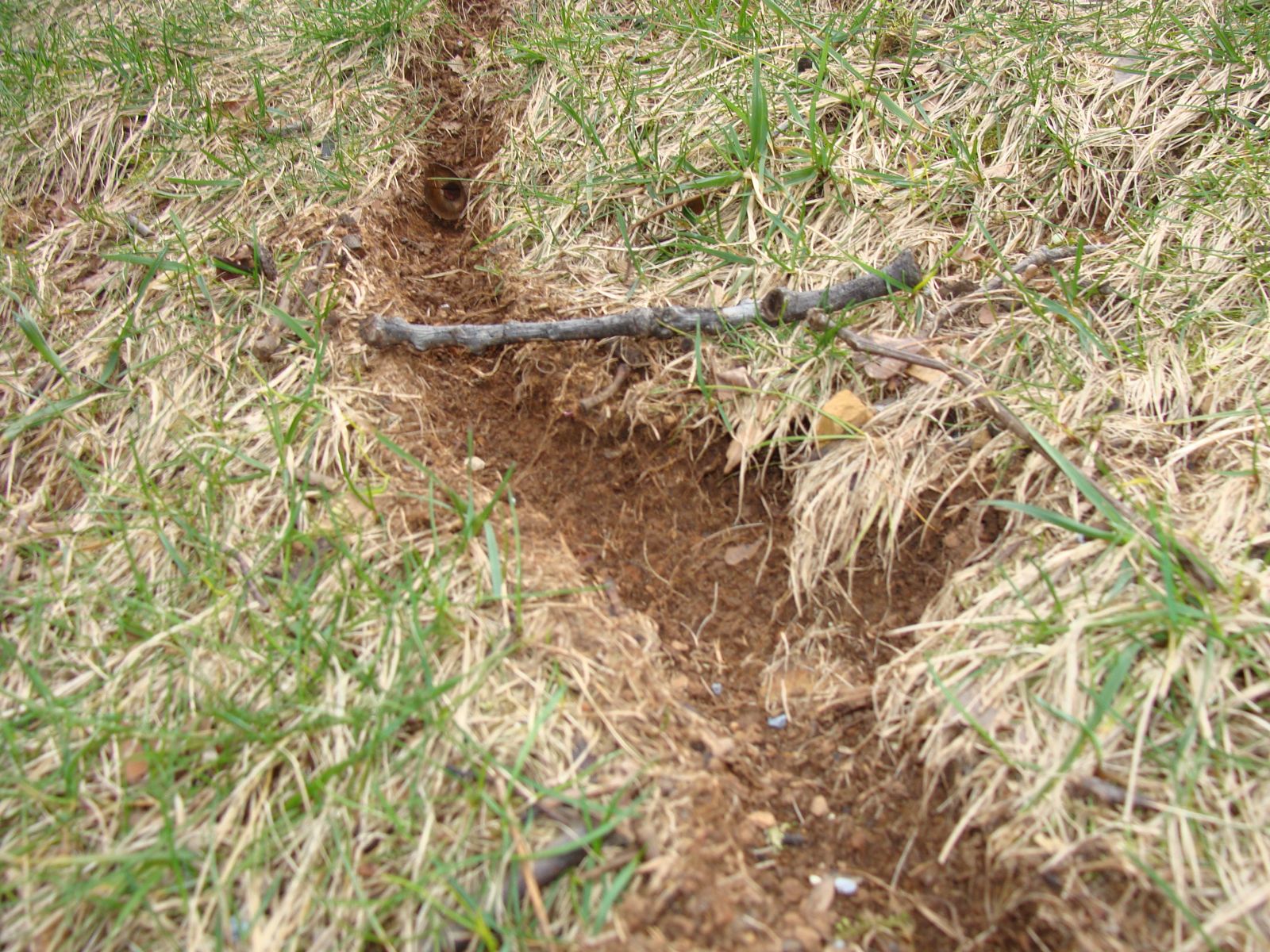Vole Lawn Damage Solutions: Effective Control Methods
Vole Lawn Damage Solutions: Effective Control Methods
Blog Article
Comprehensive Overview to Efficient Vole Bug Control: Invasion Identification and Treatment Methods
In the realm of efficient pest control, vole infestations pose a distinct challenge that requires a calculated method. These little rodents, often mistaken for computer mice, can ruin yards, grass, and crops if left unattended. Identifying the signs of vole visibility and implementing targeted therapy techniques are important parts of a successful bug administration plan. By exploring the nuances of vole behavior, recognizing key indicators of problem, and examining a series of control choices, one can create an extensive approach to combat these evasive parasites.
Comprehending Vole Behavior
Vole habits is identified by their burrowing routines and quick recreation prices, making them a difficult insect to manage efficiently. These small rodents commonly create elaborate tunnel systems underground, using them for shelter, food storage, and transport. Voles are herbivores, eating a variety of plants, roots, bulbs, and lawns, which can trigger significant damages to yards, orchards, and yards. Their fast reproductive rate further makes complex control initiatives, with women capable of creating multiple litters in a solitary year, each consisting of a number of children.
Recognizing vole habits is essential for reliable pest control methods. By identifying their burrow areas, keeping track of feeding locations, and implementing targeted control techniques, such as trapping or habitat adjustment, vole problems can be taken care of effectively.
Signs of Vole Invasion

Avoidance Methods
Executing effective prevention strategies is important in lessening vole invasions and guarding vegetation from their harmful feeding habits. To protect against vole infestations, it is crucial to start by eliminating prospective food resources and sanctuary.
On a regular basis checking the residential property for indicators of vole activity, such as paths and tunnel openings, is vital for very early discovery and punctual activity. Consider making use of catches or repellents tactically placed near their paths if vole activity is believed. Utilizing all-natural predators like owls or serpents can additionally assist maintain vole populations in check. By applying a combination of these prevention approaches, gardeners and homeowners can efficiently protect their plants from vole damage.
Non-Lethal Control Methods
To successfully manage vole populations while focusing on humane methods, non-lethal control techniques provide practical services for minimizing vole damage in landscapes and gardens. These barriers can be hidden at least 12 inches deep and curved at a 90-degree angle to protect against voles from burrowing underneath.

Lethal Control Options
One efficient approach for attending to vole infestations in yards and landscapes entails the calculated use of dangerous control alternatives. When confronted with a severe vole infestation that non-lethal techniques have failed to have, executing dangerous control procedures becomes crucial. One typically employed dangerous control choice is making use of breeze traps. These traps are created to promptly and humanely kill voles upon activation, making them a popular option for many garden enthusiasts and landscaping companies. To increase the efficiency of snap catches, it is advised to position them in areas where vole activity is high, such as along runways or near burrow entryways. One more deadly control alternative is the utilization of toxic web link baits particularly developed to target voles. These lures consist of poisonous substance that is consumed by the voles, bring about their eventual demise. Nevertheless, caution has to be worked out when using harmful baits to avoid harm to non-target pets or animals. On the whole, when using dangerous control alternatives, it is important to do so responsibly and according to neighborhood laws to properly take care of vole invasions.
Verdict
Finally, effective vole parasite control needs a comprehensive understanding of vole actions, identification of signs of problem, application of prevention methods, and utilization of both deadly and non-lethal control methods. By incorporating these methods, people can efficiently take care of vole populations and protect their residential property from damages. It is essential to address vole invasions promptly to stop more issues and lessen the influence on the surrounding environment.
Provided the detailed tunnel systems and quick reproduction prices particular of voles, recognizing the indicators of vole invasion comes to be important in efficient parasite control. One of the key signs of vole presence is the presence of surface runways or tracks in grass or snow, commonly about 1-2 inches broad, produced as voles take a trip in between their burrows and food resources.To effectively handle vole directory populations while focusing on gentle approaches, non-lethal control methods use sensible remedies for reducing vole damages click resources in gardens and landscapes.One efficient technique for resolving vole problems in yards and landscapes entails the strategic usage of dangerous control options. vole control.In conclusion, effective vole insect control requires a thorough understanding of vole habits, recognition of indications of invasion, application of prevention strategies, and utilization of both non-lethal and lethal control approaches
Report this page